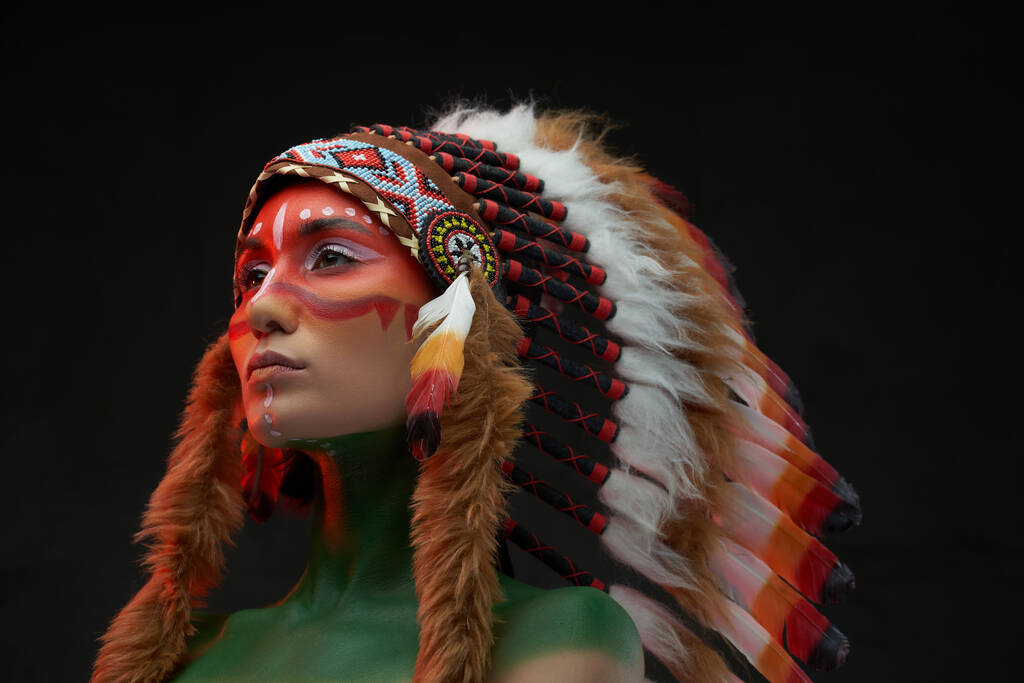Introduction
Native American heritage is an integral part of the history of the United States and Canada. It is a unique blend of cultures, customs, and traditions that have been passed down through generations of indigenous peoples.
Native American heritage is a window into the past, offering a glimpse into a way of life that has been largely lost to modern society.
This article aims to explore the history, cultural significance, traditions, and contemporary contributions of Native American Heritage. We will look at how this heritage has evolved over time, as well as efforts to preserve and protect it in the modern world.
The original inhabitants of North America were diverse, with distinct languages, traditions, and beliefs. Some of the most recognizable of these cultures include the Haudenosaunee, Navajo, Apache, Blackfeet, and Inuit. All of these tribes shared a common respect for the land and nature, and each had unique customs and traditions.
From early contact with Europeans, the Native American tribes experienced drastic changes in their way of life. This included forced removal, assimilation, and the introduction of new technologies. These changes resulted in the displacement of tribes and the eventual loss of many of their traditional customs and practices.
Despite these hardships, Native American heritage has been kept alive through the perseverance of its people. Tribes have worked to reclaim their traditions and customs, while adapting them to the modern world. This has been evident in the revival of language, art forms, and traditional ceremonies.
Today, many Native American tribes have regained control over their heritage and are actively engaging in efforts to preserve it. This includes initiatives to promote recognition, global awareness, and protection.
In the following sections, we will explore the history, cultural significance, traditions, and contemporary contributions of Native American heritage in more detail. We will examine how this heritage has evolved over time, as well as the efforts to preserve and protect it.
Historical Context
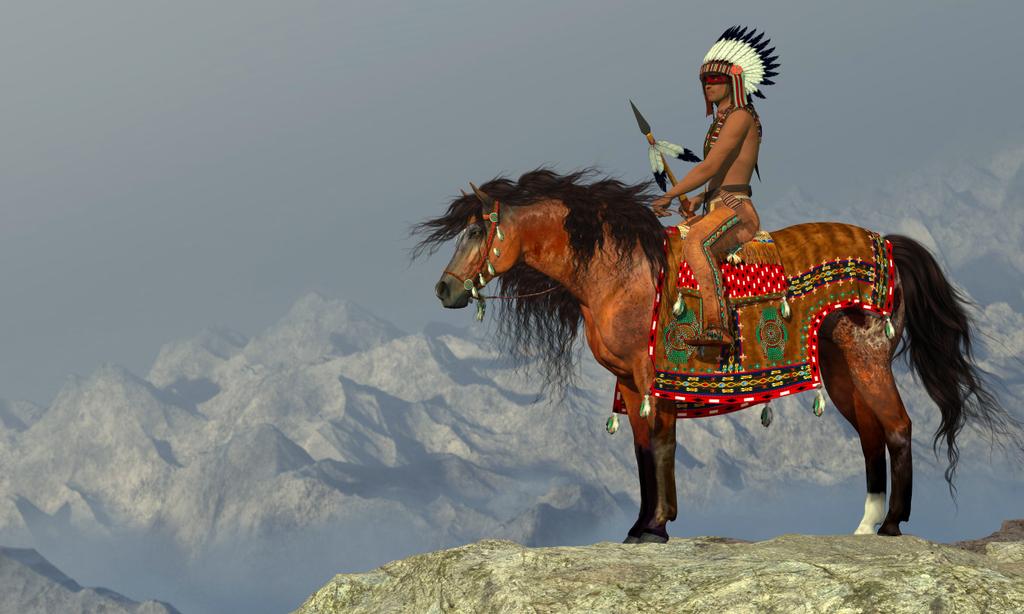
The Native American heritage is a window into the past, offering a glimpse into the history of a number of distinct cultures, each with their own unique influences and beliefs. To understand and appreciate the significance of this heritage, it is important to look back into the past and examine how it has evolved over time.
The Native American population of North America was estimated to be between 10 and 12 million prior to European colonization. This population was divided into hundreds of distinct nations, each with its own cultural, political, and religious practices. The various nations were spread across the continent, from the Arctic to the Southern tip of South America.
Early contact between Native Americans and Europeans led to a number of significant milestones. For example, in 1620, the Mayflower lands at Plymouth Rock, marking the beginning of large-scale European colonization of the continent.
This was followed by a period of warfare, as European settlers sought to expand their territories and displace Native Americans. This period was particularly brutal for the Native Americans, who were often forced to abandon their lands and relocate to reservations.
The 19th century saw the gradual decline of Native Americans, as their population was decimated by disease, warfare, and assimilation. But despite the challenges they faced, some Native American nations managed to keep their cultures and traditions alive.
In 1831, the Indian Removal Act led to the relocation of tens of thousands of Native Americans from their homelands in the southeast, to what is now Oklahoma.
This period of relocation and resettlement was a difficult time for the Native Americans, but it also marked a period of cultural resilience, as many Nations came together to support each other and protect their heritage.
By the 20th century, Native American culture had become an important part of the American landscape. This was due in part to the efforts of individuals such as Charles Eastman and Zitkala-Sa, who worked to promote awareness and understanding of Native American culture.
The 1950s also saw the growth of the Native American rights movement, which sought to protect the rights of Native Americans and promote recognition of their distinct cultures.
Since then, there has been a renewed interest in Native American culture, with the emergence of new organizations and initiatives dedicated to preserving and promoting the heritage of Native Americans.
The Native American Heritage Month, started in 1990, is now an annual event in the United States, and is celebrated in many other countries around the world. This serves as a reminder of the importance of Native American heritage, and a testament to the resilience and determination of the people who have kept this heritage alive.
Cultural Significance
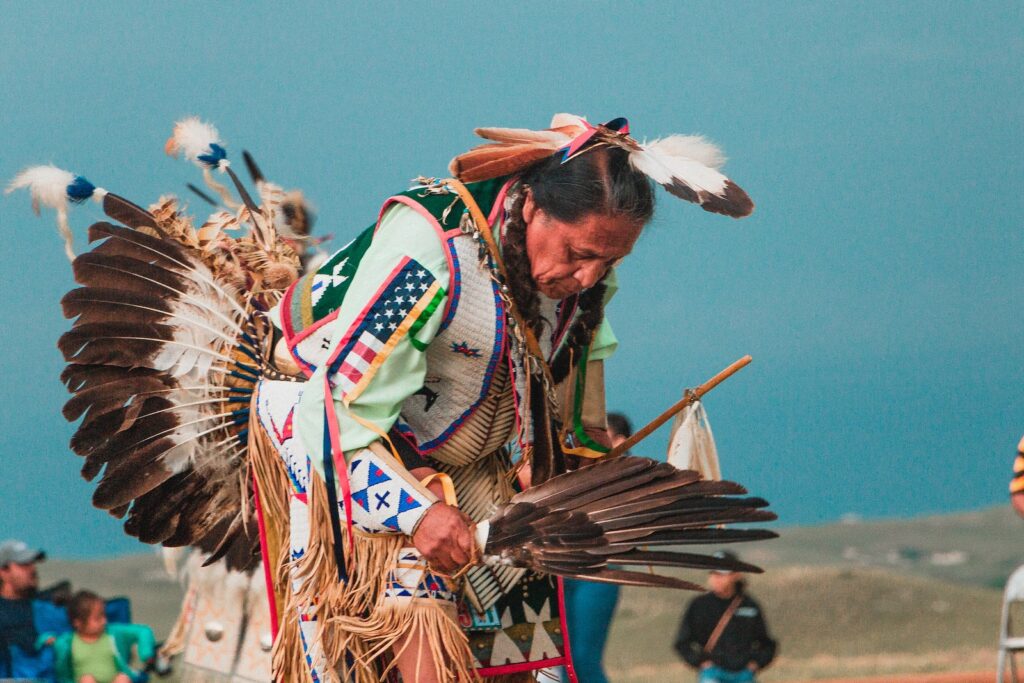
The Native American Heritage is an invaluable part of our collective history that deserves to be celebrated and respected. It is a source of cultural pride for the Indigenous peoples of the Americas and has a deep and lasting impact on the modern world.
The cultural significance of Native American Heritage is immense. It is a unique combination of customs, beliefs, languages, and art forms which have been passed down for generations. This heritage has shaped the way we view the world and has become a part of the modern culture in many places.
The traditional customs and celebrations of Native American Heritage are a source of pride and joy for many Indigenous people. From powwows and sweat lodges to traditional dances and rituals, these celebrations are a vivid reminder of the rich cultural heritage of the Native American peoples.
Language is also an important part of Native American Heritage. The numerous Indigenous languages of the Americas are still spoken today and serve as a reminder of the diverse cultures that make up this region of the world.
Additionally, these languages are often accompanied by art forms such as basket weaving and pottery that are deeply rooted in Native American culture.
The impact of Native American Heritage is not limited to traditional culture. Native Americans have made important contributions to the modern world in many areas such as politics, science, medicine, and even popular culture. Many modern Native Americans have used their heritage to bring attention to the struggles of their people and to fight for justice.
The modern world has also recognized the importance of preserving and protecting Native American Heritage. Numerous organizations and initiatives have been established to promote recognition of Indigenous culture and to preserve traditional customs and languages. Additionally, governments have implemented measures to protect Indigenous ancestral lands and cultural sites.
Native American Heritage is a critical part of our collective history and has a significant impact on the modern world. It is a source of pride and joy for many Indigenous people, and efforts have been made to ensure its preservation and protection.
By recognizing the importance of this heritage, we can pay tribute to the Indigenous peoples of the Americas and honor their important contribution to the modern world.
Traditions & Customs
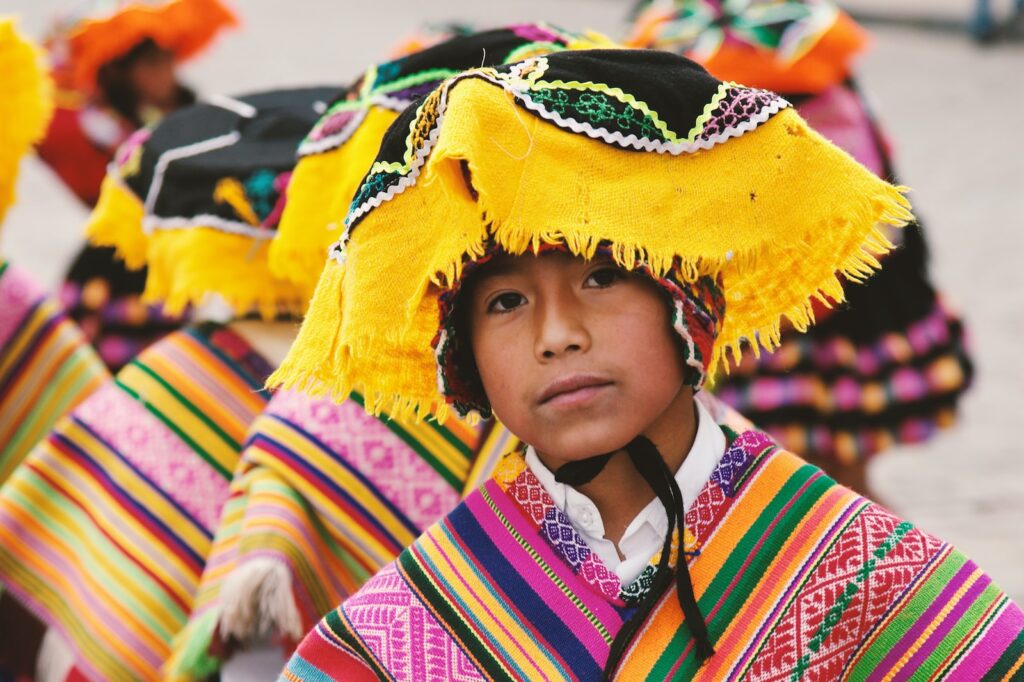
The Native American Heritage is rich with customs and traditions that have been passed down from generation to generation. From ceremony to dance, language, and art forms, the cultural aspects of this heritage offer a unique window into the past.
Ceremony is an important part of the Native American Culture. Every occasion has its own special ritual, such as the Sun Dance, which is a ceremony that was held by many tribes in the Great Plains region to honor the sun.
Other important ceremonies include the Vision Quest, a rite of passage for adolescents, and the Potlatch, a winter celebration of feasting, storytelling and gift-giving.
The language of the Native American heritage is also an important aspect of this culture. Many Native Americans still speak the language of their ancestors, and many tribes offer courses in their native language. The language is not only a way of connecting with their roots, but also has spiritual and cultural significance.
In addition to language, art forms are also a major part of the Native American heritage. From traditional songs to jewelry and clothing, these art forms represent the connection to the land and to the ancestors. Traditional songs, for example, often contain stories of the past, and jewelry often reflects symbols of the tribe.
One of the main purposes of the Native American heritage is to teach the children about their history and traditions. This is done through storytelling, dance, and other traditional activities. Each tribe has its own unique stories and customs, and it is important to keep these alive for future generations.
The Native American heritage is also deeply connected to the spiritual realm. Many of the ceremonies involve practices such as prayer and meditation, and these are believed to bring harmony between the physical and spiritual realms. It is believed that through these practices, the connection between the earth and the ancestors can be strengthened.
Keeping with the spirit of the past, the Native American Heritage also involves many traditional celebrations. These celebrations are often marked by ceremonial dances, feasts, and the exchanging of gifts. These celebrations also bring the modern world together to honor the Native American heritage and keep their traditions alive.
Contemporary Contributions
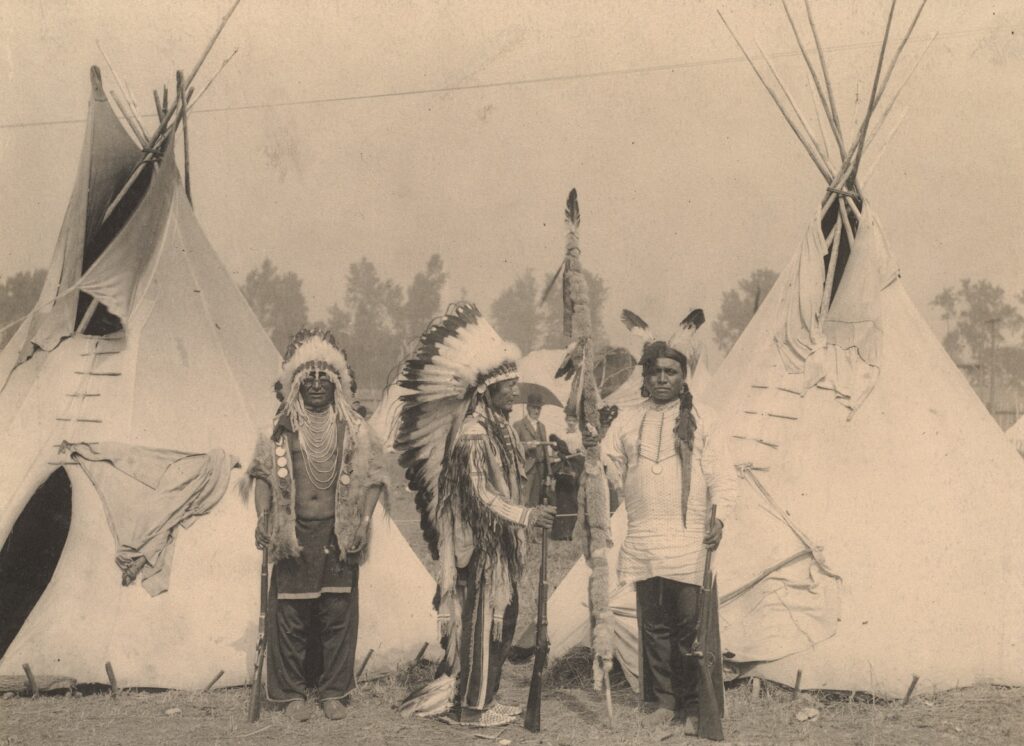
Native American heritage is not a relic of the past, but rather something that is kept alive in modern society. There are countless contemporary contributions of modern Native Americans that preserve and revitalize the heritage of their ancestors.
The most visible form of modern Native American preservation is through the Native American Church. This church is present in many Native American communities, and it connects them to their spiritual beliefs. The church is a powerful medium for keeping the culture alive, as the members partake in rituals and ceremonies that have been passed down through generations.
The arts are also a powerful way to keep Native American culture alive. From traditional pottery, weaving, and basket making, to newer forms of art such as painting, sculpting, and mixed media, Native Americans continuously create works of art which reflect their heritage.
Native American languages are another important way to keep the culture alive. While many of the languages once spoken by Native Americans have been lost, there are still many speakers of native languages. Language revitalization efforts have been undertaken to keep these languages alive, and to ensure that the cultural knowledge contained within them is not lost.
Native Americans are also keeping their culture alive by keeping their traditional customs and celebrations. Powwows are one of the most popular forms of celebration, and these events are a great way to honor the culture and to celebrate the unique aspects of Native American heritage.
Finally, modern Native Americans are creating a more inclusive narrative for their heritage by putting a spotlight on the contributions of Native Americans in the modern world. This can be seen in the increasing recognition of Native American leaders and activists, as well as the inclusion of Native American perspectives in popular culture.
Through these contemporary contributions, Native American heritage is kept alive, and its importance is recognized in the modern world. It is a testament to the resilience of Native Americans, and it is an inspiration for all who seek to learn about and honor this beautiful culture.
Preservation & Protection
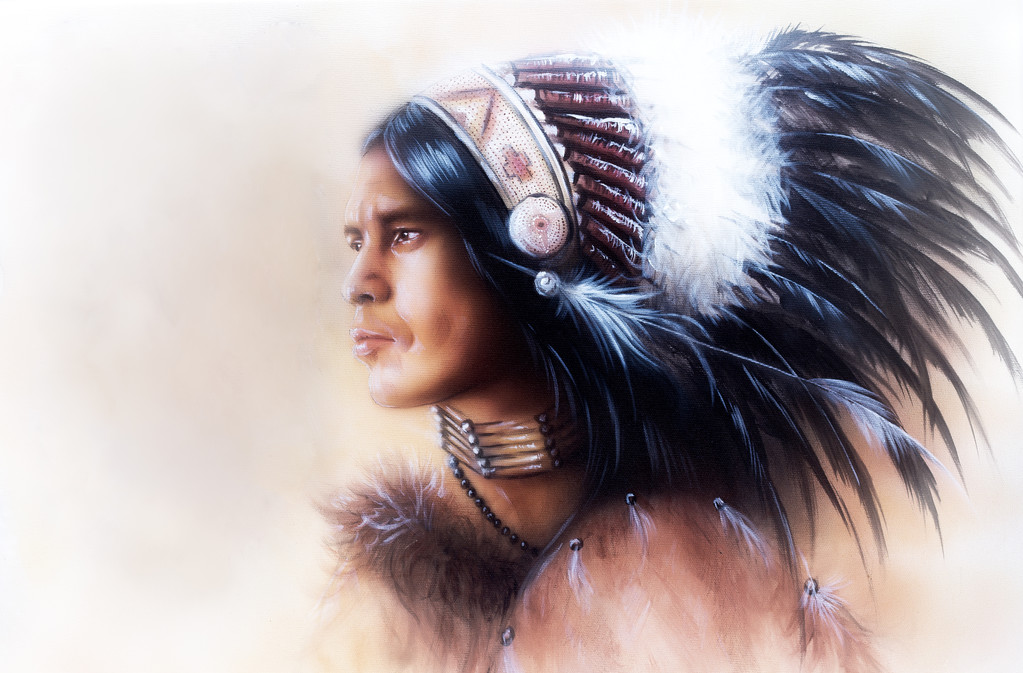
The preservation and protection of Native American heritage is something that is becoming increasingly important in the modern world. There are many efforts taking place to ensure that this cultural heritage is preserved and respected. From local initiatives to global movements, there is a growing appreciation for the legacy of the Native Americans and the importance of their heritage.
At the local level, many tribes are actively working to protect and preserve their heritage. These efforts include maintaining and protecting sacred sites, preserving traditional language, and educating the public about Native American culture.
Tribes are also working to protect their traditional lands and resources, as well as cultural artifacts and artwork. These efforts are critical to preserving the unique cultural heritage of the Native Americans.
At the global level, Native American heritage is being preserved and protected through a number of initiatives. The United Nations Declaration on the Rights of Indigenous Peoples and the International Labour Organization Convention 169 are two key international documents that recognize and protect the rights of Native Americans.
These documents have led to increased awareness and appreciation of Native American heritage and culture.
The United Nations Educational, Scientific and Cultural Organization (UNESCO) also plays an important role in the preservation and protection of Native American heritage. UNESCO recognizes and protects a number of cultural sites and artifacts that are important to Native American heritage.
These sites are protected to ensure that future generations can learn about and appreciate Native American culture.
In addition to international initiatives, governments around the world are taking actions to protect Native American heritage. In the United States, for example, the Native American Graves Protection and Repatriation Act (NAGPRA) protects the graves and cultural artifacts of Native Americans, ensuring that they are not taken without permission. Other countries, such as Canada, also have policies in place to protect Native American heritage.
Finally, many non-governmental organizations are working to preserve and protect Native American heritage. These organizations are raising awareness of the importance of protecting Native American heritage and culture, and are advocating for the preservation of sacred sites and cultural artifacts. They are also working to ensure that Native American culture and traditions are respected and maintained for future generations.
The preservation and protection of Native American heritage is essential for future generations to appreciate and understand this important part of our history. With the right policies and initiatives in place, we can ensure that this heritage is respected and preserved for future generations to enjoy and appreciate.

